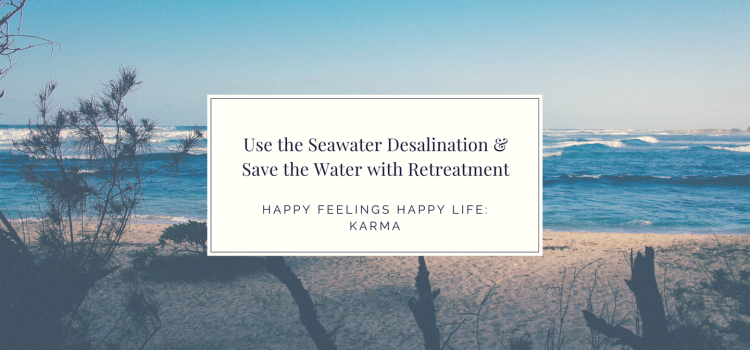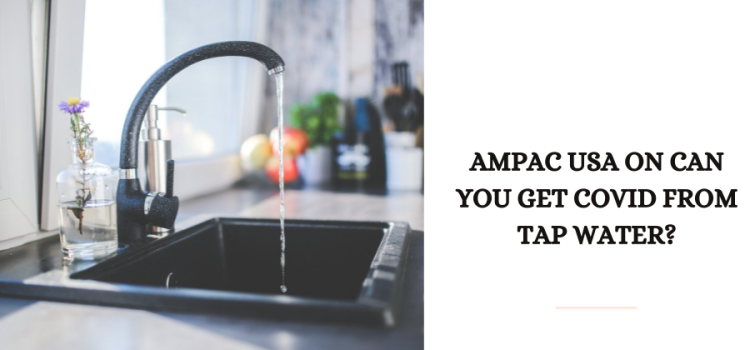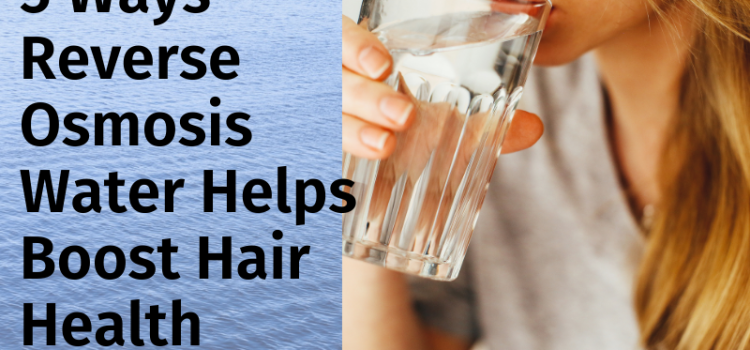Last updated on November 14th, 2022 at 06:52 pm
Seawater desalination has been a topic of discussion for many years with countries looking forward to adopting the process for their own regions. The number of desalination plants, now set at 12,500 or more is said to increase in the coming few years. Considering the number of drought regions around the world and the number of people going without water every day, the number should be higher even.
The largest one in Israel gives 120 gallons of water per day. But there is a reason why countries are not approaching the idea with a positive outcome. The cost involved in operating and maintaining a desalination plant is more than one can imagine. Include that to the installation cost and it makes it impossible for countries to put a seal on the proposal.
Desalination plants use the most effective method of Reverse Osmosis which uses a semi permeable membrane through which impure water is pushed. The impure elements, sediments, and unwanted substances are left behind and pure water is obtained on the other side.
Do you know : Desalination plants use around 50,000 of such membranes to purify huge amounts of water per day. One thing, however, that has gone unnoticed is the environment in all this. Here is why we need to start thinking about the environment and the effects of desalination plants on it.
- Whatever rejected water is produced from desalination plants, it is commonly known as brine. It is a name given to all industrial waste and majorly contains unwanted salts.
- This is usually released in the land after treatment however for coastal regions where such desalination plants are situated, it is released back into the sea.
- One would think due to a large amount of water in the oceans it won’t make any difference. It probably will not.
- But the water rejected has to have less salinity than the seawater. This should be because if the oceans are more saline than they are now, it can have adverse effects on the climate system of the earth.
- The effects are not yet proven but there is a particular balance between the salt and fresh water in the oceans. A slight imbalance in a few areas can cause major repercussions in the atmosphere more than we can think of.
- Now, it isn’t a concern at the instant but global warming, floods, and even water crisis were not a problem until this century.
Conclusion: It is, therefore, time for the brightest minds in the world to start considering working on the solutions to curb this situation which can later be a problem. A lot of scientists have already begun working on making the desalination process as sustainable as possible. It also includes the waste of rejected water being dumped into the oceans. Companies like Ampac USA are already working towards making their products as Eco- friendly and sustainable as possible.
Ampac is one of the world’s leading manufacturers of water treatment systems and aims at providing sustainable solutions with the development too.
We are available on Amazon also, Call us or Email us for any inquiry: [email protected] & TOLL FREE: 877-611-8530









